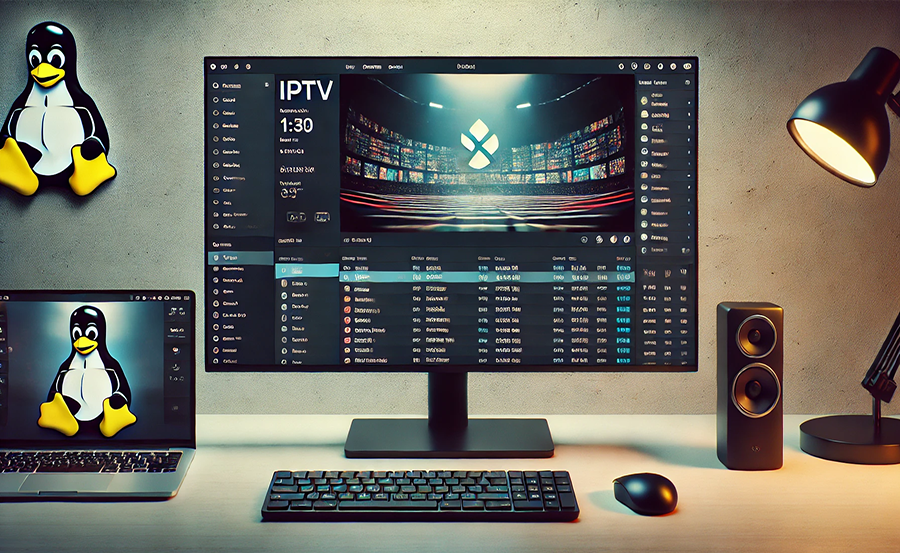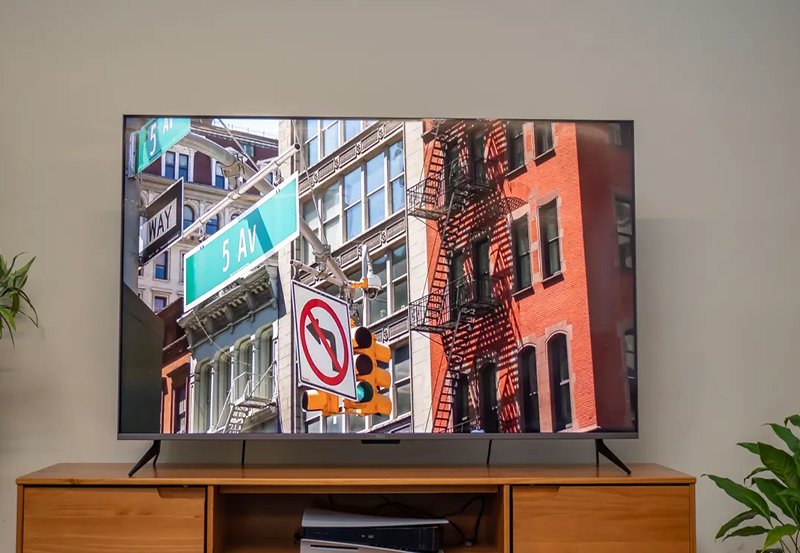In the digital age, streaming has revolutionized how we consume media. With IPTV, users can access television channels through the internet, bringing a world of entertainment right into their homes. For those who use Linux, optimizing IPTV quality is crucial to ensure seamless and enjoyable viewing experiences. This guide walks you through the best practices to Stream Smarter and Enjoy IPTV Better with Premium IPTV services, focusing on technical insights and tweaks specific to Linux.
Buy 1 Year IPTV Subscription and Enjoy Unlimited Content
Understanding IPTV on Linux
What is IPTV?
IPTV, or Internet Protocol Television, is a service that delivers television content over the internet. Instead of traditional satellite or cable formats, IPTV allows for streaming TV shows, movies, and series directly to your device. This method provides users with more flexibility, including the ability to choose what and when to watch.
With a focus on user-generated content and subscription models, IPTV with movies and series has become increasingly popular. Premium IPTV services offer more channels, higher quality, and exclusive content, making it an attractive choice for many.
Pro Tip:
Looking for the Best IPTV Provider? Access thousands of channels with Helix IPTV for premium entertainment.
Why Use Linux for IPTV?
Linux, known for its stability and security, offers an ideal platform for handling streaming applications. With various distributions, Linux caters to different user needs, allowing customization and optimization for IPTV services. The open-source nature of Linux means users can tweak settings and configurations, enhancing overall IPTV quality.
Moreover, using Linux provides an environment free from unnecessary bloatware, enabling more efficient use of system resources. This leads to smoother streaming experiences, even on computers with modest hardware.
Optimizing IPTV Quality on Linux
Network Configuration
One of the most critical aspects of IPTV quality is a stable and fast network connection. Ensure your Linux system is connected via Ethernet rather than Wi-Fi for optimal stability. If Wi-Fi is your only option, consider using a mesh network or a Wi-Fi extender to improve signal strength.
- Prioritize IPTV traffic with Quality of Service (QoS) settings in your router.
- Test your internet speed regularly to ensure it meets the requirements of your IPTV provider.
- Reduce network congestion by disconnecting unused devices.
Utilizing the Right Software
Choosing the right applications plays a significant role in enhancing IPTV quality. VLC and Kodi are popular choices among Linux users, as they support various plugins and offer customization options. Ensure your chosen software is up-to-date to benefit from the latest improvements and security patches.
Experiment with different plugins, such as PVR clients for Kodi, to access additional features and streams. Optimizing video cache settings can also reduce buffering and improve performance.
Advanced Configuration and Tweaks
Codec and Driver Optimization
Ensure your system’s video and audio codecs are up-to-date, as outdated codecs can lead to compatibility issues and affect streaming quality. Open-source codecs and drivers are usually integrated into most Linux distributions but checking for updates periodically is a good practice.
For advanced users, customizing driver settings can lead to performance enhancements. Tools like v4l-utils can be instrumental in adjusting video settings on Linux for optimal IPTV playback.
Hardware Considerations
While software optimization is crucial, hardware specifications should not be overlooked. Higher RAM and CPU capabilities directly impact the quality of your IPTV experience. Investing in a dedicated graphics card can also offload video processing from the CPU, resulting in smoother playback.
For devices where hardware upgrades are not possible, tweaking system settings to prioritize IPTV applications can help. This includes setting CPU affinity and adjusting priority levels in your Linux distribution.
Best Practices for IPTV on Linux
Regular Maintenance
Maintaining your Linux system is essential for optimal IPTV quality. Regularly update both your operating system and your IPTV applications. This ensures you have the latest security patches and performance enhancements.
Run system checks to clear unnecessary files that could slow down your system. Tools like BleachBit can help in cleaning and optimizing your computer for better performance.
Choosing the Right IPTV Provider
Selecting a provider that offers Premium IPTV services is vital to access high-quality content and reliable streaming. Look for providers with positive reviews and strong customer support. Test different providers, if possible, to determine which service offers the best compatibility and performance on Linux.
Consider trial periods or short-term subscriptions to evaluate the quality before committing to long-term plans.
Embracing Future Trends in IPTV
IoT and Smart Home Integration
The integration of smart home devices with IPTV services is on the rise. Linux users can take advantage of open-source projects to connect IPTV with smart assistants like Google Home or Alexa, adding another layer of convenience to streaming experiences.
While this trend is still developing, keeping an eye on new technological advancements can provide exciting opportunities for innovation in IPTV utilization.
Preparing for 4K and Beyond
As IPTV technology advances, higher resolutions like 4K and even 8K are becoming standard. For Linux users, ensuring your hardware and software can handle such demands is crucial for future-proofing your setup.
- Ensure your network connection supports higher bandwidth requirements.
- Upgrade your monitor or TV to support 4K resolutions.
- Use HDMI 2.0 cables for faster data transmission.
The Path Forward
Enhancing IPTV quality on Linux is an ongoing journey of optimization and adaptation. By focusing on network configuration, software choices, system tweaks, and embracing technological advancements, users can transform their viewing experiences significantly. The key is to remain proactive about updates and open to experimenting with different configurations and tools.
Remember, IPTV is not just about the content; it’s about how you experience it. With the right setup on Linux, you can elevate your streaming quality to new heights, ensuring endless hours of entertainment at its best.
FAQs

How can I reduce IPTV buffering on Linux?
To reduce buffering, ensure a stable network connection, update software and codecs, and configure your IPTV application settings. Restarting your router and prioritizing IPTV traffic with QoS can also help.
What is the best IPTV software for Linux?
VLC and Kodi are highly recommended for Linux. They offer a range of plugins and customization options, providing robust solutions for streaming IPTV with movies and series effectively.
Is Premium IPTV worth it on Linux?
Premium IPTV services often provide better streaming quality and exclusive content. If you value high-definition streams and reliable service, investing in a premium provider can enhance your IPTV experience.
Can Linux handle 4K IPTV streaming?
Yes, but it depends on your hardware and software capabilities. Ensure your Linux system meets the necessary specifications, including a robust network connection and a display that supports 4K resolution.
Are there security concerns using IPTV on Linux?
While Linux systems are generally secure, it’s important to use reputable IPTV providers and keep all software up-to-date to mitigate any potential security risks.
How do I set up an IPTV PVR on Linux?
Using applications like Kodi, you can set up a PVR by installing the appropriate plugin. Follow step-by-step guides available in the community forums or the software documentation.
How to Set Up IPTV on Avov Box: Step-by-Step Tutorial





